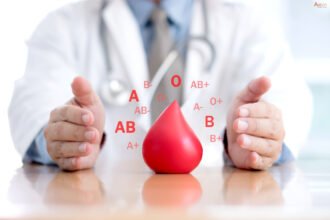PIB: Researchers have made a discovery that flips our understanding of how antibodies work. The shot’s fired: it’s not just chemistry that saves us it can be mechanics, too.
An Antibody That Does More Than Just Fit
IgM is the biggest antibody our body naturally produces when it fights infections. Until now, we thought antibodies worked like keys that fit into microbial locks. A study from the S. N. Bose National Centre for Basic Sciences (S.N. Bose NCBS) shows that IgM does more than bind it acts like a brace.
The Role of Protein L
The team looked at Protein L, a toxin from a bacterium called Finegoldia magna. Scientists used fine scale “single molecule force spectroscopy” to test how the protein behaves under mechanical force. What they found was surprising. When IgM binds to Protein L, it stiffens it making it much harder for the toxin to unfold or break under stress. The lesson: IgM gives it mechanical strength, neutralizing it in a brand new way.
Why This Matters
In our bodies, pathogens face physical forces blood flow, immune attacks, even sheer pressure. An antibody that doesn’t just block but mechanically reinforces a toxin opens a whole new world of possibilities. We could potentially design therapies that don’t just bind harmful proteins they physically stabilize them so they can’t do damage.
The Science Behind It
Computer models showed that IgM’s multiple binding sites hook onto Protein L at several points. That synergy creates a strong, stabilizing hold unlike small antibodies that can only latch on at a single spot. This multi point strategy proved to be a game changer when tested under force.
What’s Next
This finding nudges us to think differently about antibody design. Instead of just seeking best fit shapes, researchers may now look for antibodies that brace toxins or that can shift their mechanical behavior in helpful ways. This opens the door to a new class of treatments that work beyond chemistry, diving into biophysical solutions.















